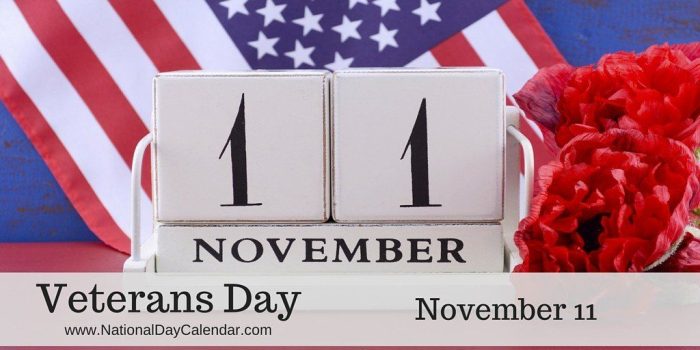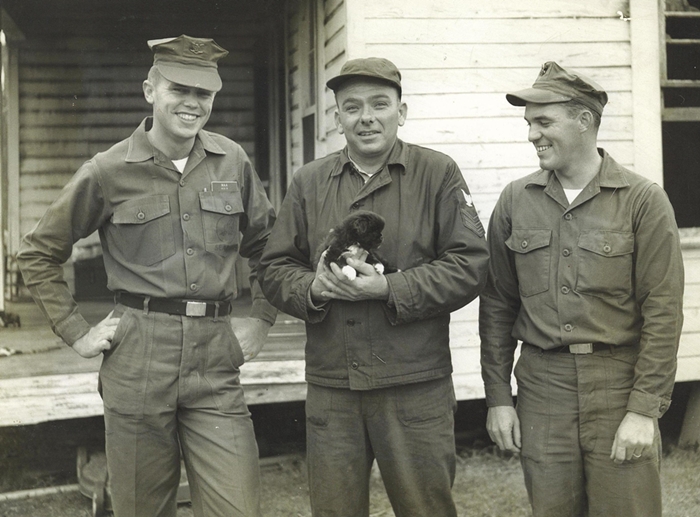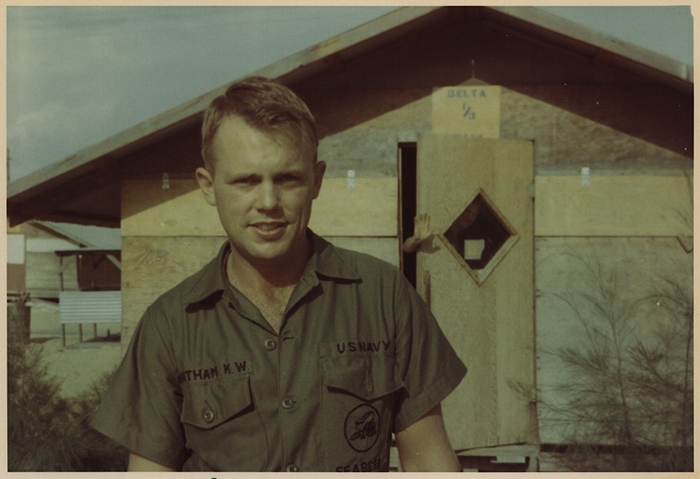mississippi
Throwback Thursday: Memorial Day

Memorial Day, as celebrated, has come and gone. The weekend BBQs and party gatherings are over. Some folks have returned to work after their Monday off while others took the entire week off and, possibly, headed to the beach to herald the “summer season”. I am posting, today, because from 1868 to 1970, Memorial Day was observed on May 30.
Our American Memorial Day has quite a rich, lengthy history and one that has its own area of research. Columbus State University in Georgia has a Center For Memorial Day Research and the University of Mississippi in Oxford has The Center For Civil War Research that covers Memorial Day in their data.
So, what IS the origin of our Memorial Day? That’s a good question and the following took two days to research.
May we remember them, ALL. ~Vic
Warrenton, Virginia 1861
A newspaper article from the Richmond Times-Dispatch in 1906 reflects Warrenton‘s claims that the first Confederate Memorial Day was June 3, 1861…the location of the first Civil War soldier’s grave ever to be decorated.
Arlington Heights, Virginia 1862
On April 16, 1862, some ladies and a chaplain from Michigan […] proposed gathering some flowers and laying them on the graves of the Michigan soldiers that day. They did so and the next year, they decorated the same graves.
Savannah, Georgia 1862
Women in Savannah decorated soldiers’ graves on July 21, 1862 according the the Savannah Republican.
Gettysburg, Pennsylvania 1863
The November 19, 1863, cemetery dedication at Gettysburg was a ceremony of commemoration at the graves of dead soldiers. Some have, therefore, claimed that President Abraham Lincoln was the founder of Memorial Day.
Boalsburg, Pennsylvania 1864
On July 4, 1864, ladies decorated soldiers’ graves according to local historians in Boalsburg. Boalsburg promotes itself as the birthplace of Memorial Day.
Knoxville, Tennessee 1865
The first decoration of the graves of Union soldiers of which there is any record was witnessed by Surgeon Fred W. Byers, of the [96th] Illinois volunteer infantry, now surgeon general of the National Guard of the State of Wisconsin (Spring 1865).
Jackson, Mississippi 1865
The incident in Mrs. [Sue Landon Adams] Vaughan’s life, which assured her name a permanent place in history, occurred at Jackson […] when she founded Decoration Day by first decorating the graves of Confederate and Federal soldiers alike, in a Jackson cemetery on April 26, 1865.
Kingston, Georgia 1865
An historic road-side marker indicates Kingston as the location of the “First Decoration, or Memorial Day” (Late April 1865).
Charleston, South Carolina 1865
On May 1, 1865, in Charleston, recently freed African-Americans reburied Union soldiers originally buried in a mass grave in a Confederate prison camp. The event was reported in Charleston and northern newspapers and, some historians today cite it as “the first Decoration Day.”
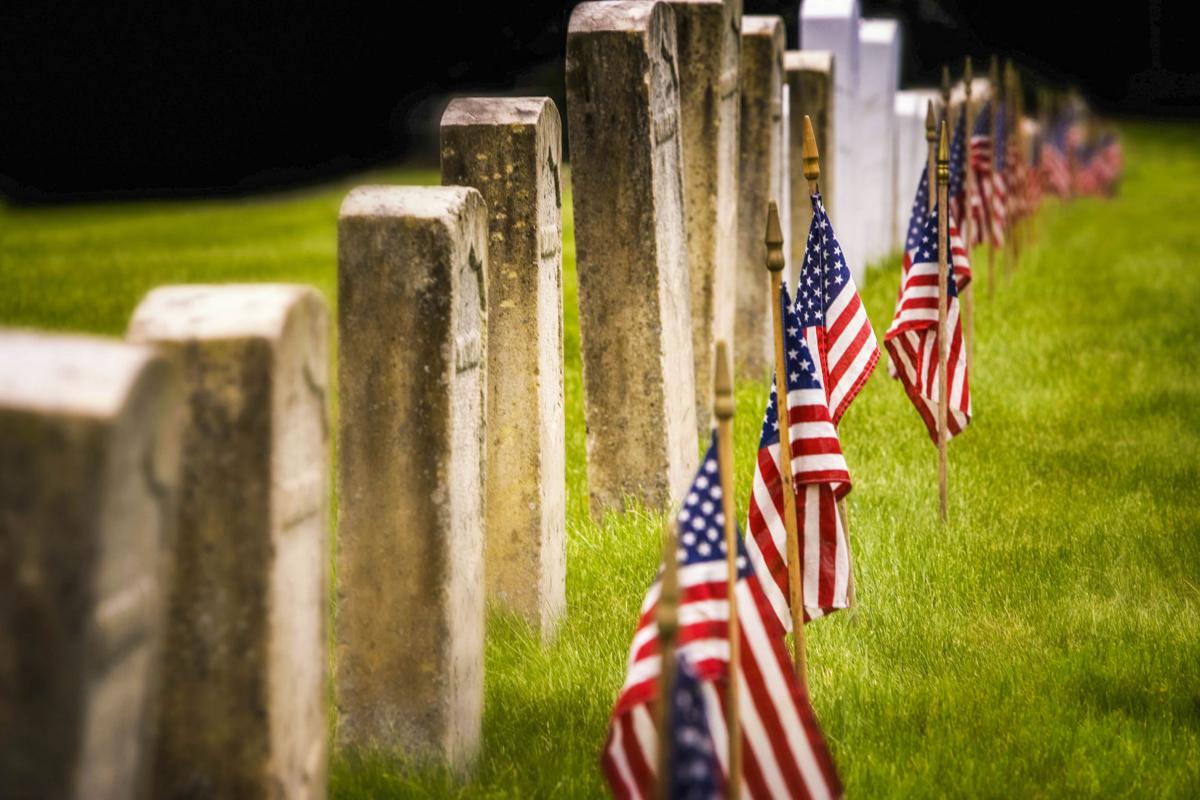
Columbus, Mississippi 1866
Thus was established a custom which has become national in its adoption – Decoration Day – having its origin with the ladies of Columbus. Columbus also claims the distinction of being the first to decorate the graves of both Confederate and Federal soldiers, alike (Friendship Cemetery April 25, 1866). [See the poem The Blue & The Gray by Francis Miles Finch}
Columbus, Georgia 1866
To the State of Georgia belongs the credit of having inaugurated what has since become the universal custom of decorating annually the graves of the heroic dead. The initial ceremonies which ushered Memorial Day into life were held in Linnwood Cemetery, at Columbus, on April 26, 1866.
Memphis, Tennessee 1866
Yesterday was the day appointed throughout the South as a day of sweet remembrance for our brothers who now sleep their last long sleep, the sleep of death. That day (the 26th day of April) has, and will be, set apart, annually, as a day to be commemorated by all the purely Southern people in the country, as that upon which we are to lay aside our usual vocations of life and, devote to the memory of our friends, brothers, husbands and sons, who have fallen in our late struggle for Southern independence.
Carbondale, Illinois 1866
A stone marker in Carbondale claims that place as the location of the first Decoration Day, honoring the Union soldiers buried there. General John A. Logan, who would later become commander-in-chief of the Grand Army of the Republic, the largest of the Union veterans’ organizations, officiated at the ceremony (April 29, 1866).
Waterloo, New York 1866
On Saturday, May 5, 1866, the first complete observance of what is now known as Memorial Day was held in Waterloo. On May 26, 1966, President Lyndon B. Johnson designated an “official” birthplace of the holiday by signing the presidential proclamation naming Waterloo, New York, as the holder of the title.
Richmond, Virginia 1866
The anniversary of the death of Stonewall Jackson was observed to-day by floral decorations of the graves of Confederate soldiers at Hollywood and Oakwood (May 10, 1866).
May 3, 1866 [they] formed the Ladies’ Hollywood Memorial Association, with the immediate aim of caring for and commemorating the graves of Confederate soldiers. All disposed to co-operate with us will repair, in such groups and at such hours as may be convenient, on Thursday, May 31st, 1866, to Hollywood Cemetery, to mark, by every appropriate means in our power, our sense of the heroic services and sacrifices of those who were dear to us in life and we honored in death.
Petersburg, Virginia 1866
It was in May of this year, 1866, that we inaugurated, in Petersburg, the custom, now universal, of decorating the graves of those who fell in the Civil War. Our intention was simply to lay a token of our gratitude and affection upon the graves of the brave citizens who fell June 9, 1864, in defence of Petersburg…
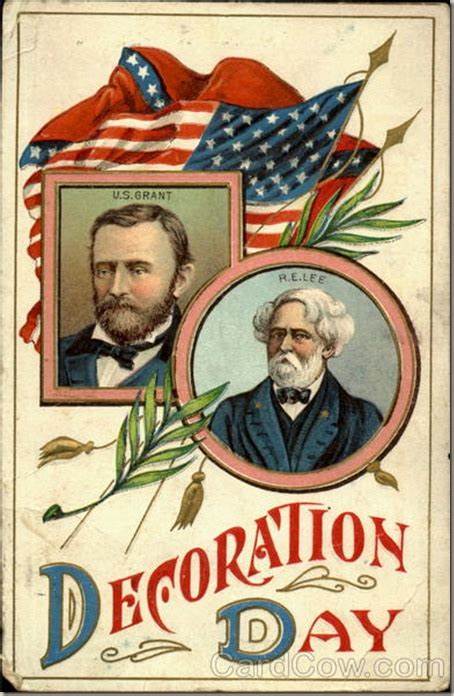
Southern Appalachian Decoration Day
From The Bitter Southerner:
Dinner on the grounds is not a phrase I hear these days. Just reading the phrase takes me back to those times with my grandmother at her church on […] Decoration Day Sunday. I grew up in north Alabama in the 1960s. Dinner on the grounds was a special occasion that followed the work of cleaning up the graveyard and placing fresh flowers beside the headstones. It provided a time to remember and celebrate the lives of the dear departed. ~Betsy Sanders
Today, we are here to eat, remember and bask in the Southern fascination of death […]. It’s Decoration Day. The South claims death with as much loyalty as we claim our children. J.T. Lowery, a former pastor […] misses when Decoration Day meant keeping company with headstones during dinner on the ground. Opal Flannigan is depending on women […] to uphold a tradition so old it’s hard to say when it emerged. German and Scots-Irish immigrants who birthed much of the Southern Appalachia’s culture in Virginia, Tennessee and the Carolinas likely brought these traditions [with them]. ~Jennifer Crossley Howard
From UNC Press Blog:
Many rural community cemeteries in western North Carolina hold “decorations.” A decoration is a religious service in the cemetery when people decorate graves to pay respect to the dead. The group assembles at outdoor tables, sometime in an outdoor pavilion, for the ritual “dinner on the ground.” There are variations of this pattern but, the overall pattern is fairly consistent.
Nationwide Observance 1868
In 1866, veterans of the Union army formed the beginnings of the Grand Army of the Republic, a fraternal organization designed expressly to provide aid, comfort and political advocacy for veterans’ issues in post-war America. In 1868, the leadership of the G. A. R. sought through the following order to have the various local and regional observances of decorating soldier graves made into something like a national tradition.
Headquarters Grand Army Of The Republic
Adjutant-General’s Office, 446 Fourteenth St.
Washington, D. C., May 5, 1868.
General Orders No. 11.
From The History Channel:
By proclamation of General John A. Logan of the Grand Army of the Republic, the first major Memorial Day observance is held to honor those who died “in defense of their country during the late rebellion.” Known to some as “Decoration Day,” mourners honored the Civil War dead by decorating their graves with flowers. On the first Decoration Day, General James Garfield made a speech at Arlington National Cemetery, after which 5,000 participants helped to decorate the graves of the more than 20,000 Union and Confederate soldiers buried in the cemetery.
The 1868 celebration was inspired by local observances that had taken place in various locations in the three years since the end of the Civil War. In fact, several cities claim to be the birthplace of Memorial Day, including Columbus, Mississippi; Macon, Georgia; Richmond, Virginia; Boalsburg, Pennsylvania; and Carbondale, Illinois. In 1966, the federal government, under the direction of President Lyndon B. Johnson, declared Waterloo, New York, the official birthplace of Memorial Day. They chose Waterloo, which had first celebrated the day on May 5, 1866, because the town had made Memorial Day an annual, community-wide event, during which businesses closed and, residents decorated the graves of soldiers with flowers and flags.
By the late 19th century, many communities across the country had begun to celebrate Memorial Day and, after World War I, observers began to honor the dead of all of America’s wars. In 1971, Congress declared Memorial Day a national holiday to be celebrated the last Monday in May. Today, Memorial Day is celebrated at Arlington National Cemetery with a ceremony in which a small American flag is placed on each grave. It is customary for the president or vice president to give a speech honoring the contributions of the dead and to lay a wreath at the Tomb of the Unknown Soldier. More than 5,000 people attend the ceremony annually. Several Southern states continue to set aside a special day for honoring the Confederate dead, which is usually called Confederate Memorial Day.
Wayback Wednesday: Leser vs. Garnett 1922

The Nineteenth Amendent to the U.S. Constitution was ratified on August 18, 1920, with Tennessee being the last state to vote in favor of, achieving the 3/4 majority needed to amend. One would think that this event would have been the end of any argument against a woman’s right to vote but, one more hurdle had to be cleared.
Ninety-seven years ago, today, the U.S. Supreme Court made a ruling on the constitutionality of the amendment.
From Cornell Law (some case-law text):
On October 12, 1920, Cecilia Streett Waters and Mary D. Randolph, citizens of Maryland, applied for and were granted registration as qualified voters in Baltimore City. To have their names stricken from the list Oscar Leser and others brought this suit in the court of common pleas. The only ground of disqualification alleged was that the applicants for registration were women, whereas the Constitution of Maryland limits the suffrage to men. Ratification of the proposed amendment to the federal Constitution, now known as the Nineteenth, 41 Stat. 362, had been proclaimed on August 26, 1920, 41 Stat. 1823, pursuant to Revised Statutes, § 205 (Comp. St. § 303). The Legislature of Maryland had refused to ratify it. The petitioners contended, on several grounds, that the amendment had not become part of the federal Constitution. […] the case comes here on writ of error. That writ must be dismissed but, the petition for a writ of certiorari, also duly filed, is granted. The laws of Maryland authorize such a suit by a qualified voter against the board of registry. Whether the Nineteenth Amendment has become part of the federal Constitution is the question presented for decision.

There were three claims:
[1] The power to amend the Constitution did not cover this amendment due to its character.
“[…] the amendment “destroyed State autonomy” because it increased Maryland’s electorate without the state’s consent.”
[2] Several states that had ratified the amendment had constitutions that prohibited women from voting, rendering them unable to ratify an amendment to the contrary.
[3] The ratifications of Tennessee and West Virginia were invalid, because they were adopted without following the rules of legislative procedure in place in those states.
Justice Brandeis delivered the opinion of the Court:
[1] This amendment is in character and phraseology precisely similar to the Fifteenth. For each, the same method of adoption was pursued. One cannot be valid and the other invalid. That the Fifteenth is valid, although rejected by six states, including Maryland, has been recognized and acted on for half a century.
[2] […] But the function of a state Legislature in ratifying a proposed amendment to the federal Constitution, like the function of Congress in proposing the amendment, is a federal function derived from the federal Constitution and, it transcends any limitations sought to be imposed by the people of a state.
[3] The question raised may have been rendered immaterial by the fact that since the proclamation the Legislatures of two other states—Connecticut and Vermont—have adopted resolutions of ratification. But, a broader answer should be given to the contention. The proclamation by the Secretary certified that, from official documents on file in the Department of State, it appeared that the proposed amendment was ratified by the Legislatures of 36 states and, that it ‘has become valid to all intents and purposes as a part of the Constitution of the United States.’ As the Legislatures of Tennessee and of West Virginia had power to adopt the resolutions of ratification, official notice to the Secretary, duly authenticated, that they had done so, was conclusive upon him, and, being certified to by his proclamation, is conclusive upon the courts.
Quote From Time Magazine:
“So, while the 19th Amendment granted women the right to vote, Leser made sure that the right could actually be used, even where the state constitution said otherwise. It’s not one of the more famous Supreme Court decisions in American history but, without it, the electorate would be, well, lesser.”
As an addendum to the above, Maryland finally ratified the amendment on March 29, 1941 but, didn’t certify that until February 25, 1958, two days shy of an exact 36 year delay. And, I am sad to say that my home state of North Carolina didn’t ratify until May 6, 1971, making it third to last behind South Carolina (ratified July 1, 1969 but, not certified until August 22, 1973) and Mississippi (ratified March 22, 1984).
Little video snippet regarding this case:
And, I grew up watching Schoolhouse Rock, I just had to put this up:
Throwback Thursday: Mississippi & The Thirteenth Amendment 2013

Six years ago, today, Mississippi finally got around to ratifying The Thirteenth Amendment, 148 years later.
Mississippi […] only got around to officially ratifying the amendment last month — 148 years later — thanks to the movie “Lincoln.” The state’s historical oversight came to light after Mississippi resident Ranjan Batra saw the Steven Spielberg-directed film last November […]. After watching the film, which depicts the political fight to pass the 13th Amendment, Batra did some research. He learned that the amendment was ratified after three-fourths of the states backed it in December 1865. Four remaining states all eventually ratified the amendment — except for Mississippi. Mississippi voted to ratify the amendment in 1995 but failed to make it official by notifying the U.S. Archivist. Batra spoke to another Mississippi resident, Ken Sullivan, who contacted Mississippi Secretary of State Delbert Hosemann about the oversight. Finally, on Jan. 30, Hosemann sent the Office of the Federal Register a copy of the 1995 resolution, and on Feb. 7, the Federal Register made the ratification official.
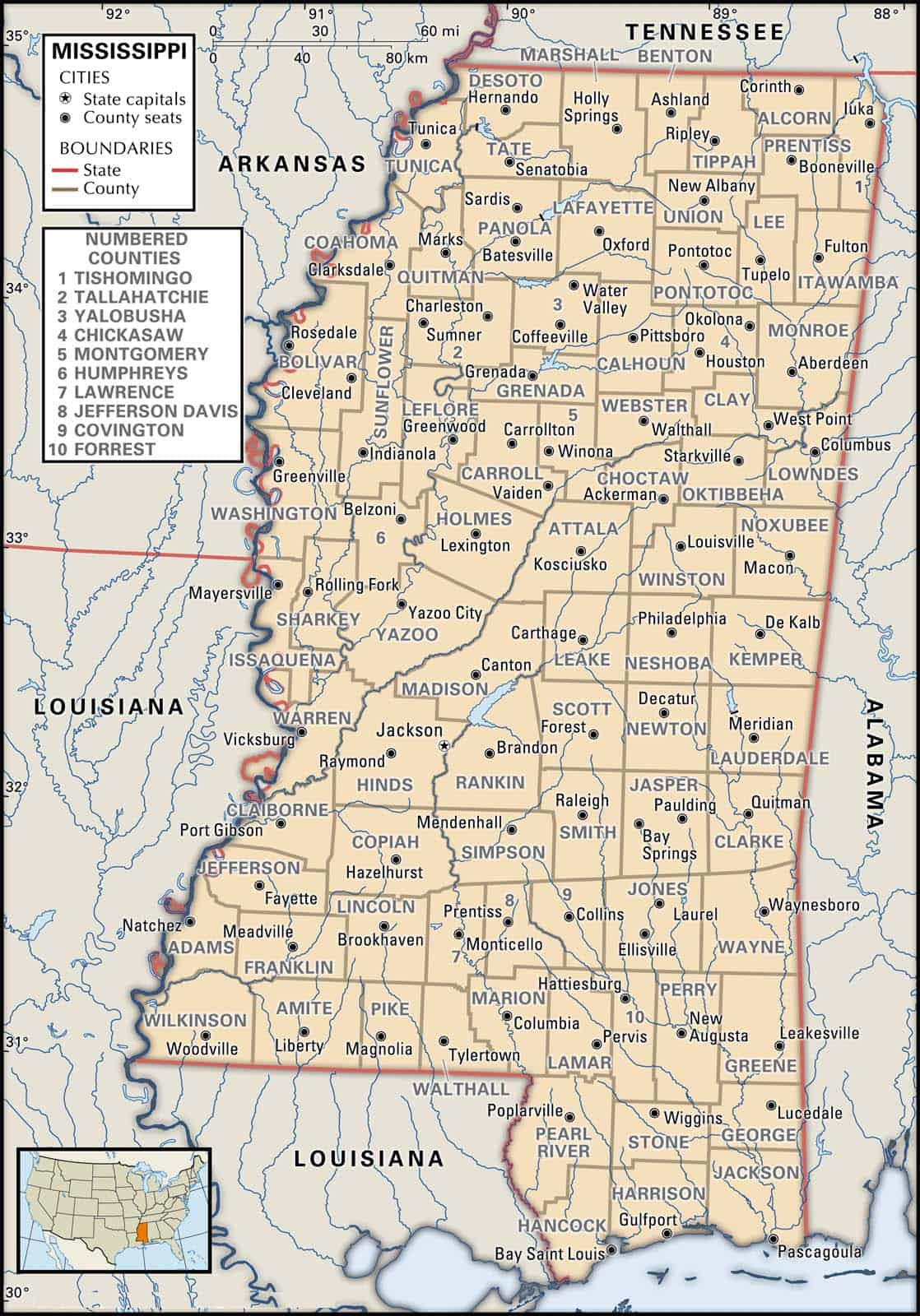
Two medical school colleagues, one an immigrant from India, the other a life-long Mississippian, joined forces to resolve a historical oversight that until this month had never officially been corrected. Dr. Ranjan Batra, professor of Neurobiology and Anatomical sciences at the University of Mississippi Medical Center, told ABC News he was inspired to investigate the history of the Thirteenth Amendment in his state after a viewing of the film “Lincoln.” […] Batra proceeded to do some investigating of his own, noticing on the website usconstitution.net, that there was an asterisk next to the state of Mississippi in connection with the ratification of the Thirteenth Amendment.
Batra: “Mississippi gets a lot of bad press about this type of stuff and I just felt that it is something that should be fixed, and I saw every reason that could be done.” “Everyone here would like to put this part of Mississippi’s past behind us and move on into the 21 st century rather than the 19th.”
[…] Batra enlisted the help of University of Mississippi Medical Center colleague Ken Sullivan, who took an immediate interest in the story, calling the national archives to confirm that they had in fact never received the proper paperwork.
Batra: “The last paragraph [of the bill] directs the Secretary of State of Mississippi to inform the national archives of the law of the ratification which is exactly the way ratification is supposed to proceed, but that hadn’t been done for whatever reason.”
Sullivan: “For me it was just important that this part of history was done from our state.” “I know we have some dark spots in our history through the south, it still affects people’s opinions about Mississippi today.”
Sullivan and Batra are thankful the ratification question has finally been resolved. Now, that asterisk next to Mississippi can finally be removed.
The Mississippi Legislature had actually formally ratified the historic amendment in 1995, which even then was more than a century late […]. Throughout 1865, 26 states ratified the critical law, and in December of that year, the amendment was formally adopted into U.S. law after Georgia’s approval brought the number the required 27. Several states, including Kentucky and Delaware, waited decades to ratify the amendment, the last being Mississippi in 1995 — or so the state thought.
Better late than never, I suppose. Yikes. ~Vic
Throwback Thursday: Hurricane Ike 2008

While we are on the subject of hurricanes, ten years ago, today, Hurricane Ike struck Galveston, Texas, at 2:10am CDT. It was recorded as a Category 4 on September 4 as it moved near the Leeward Islands. Though it had lessened in strength from its prior Cat4 status to Cat2, this was a bad storm in costs, damage and death. Ike’s storm surge went right over the Galveston Seawall, a ten-mile wall built for protection after the devastating Galveston Hurricane of 1900.
Ike claimed 195 lives…74 in Haiti, six in Cuba and 113 in the US. As of August 2011, 16 are still missing. This was a huge storm that also damaged the Bahamas, the Turks & Caicos, the Florida Panhandle, Mississippi and Louisiana. It is the most expensive storm to ever hit Cuba and, at $38 billion, was the second-costliest storm in US history until 2012.
I was living in Texas when Ike hit. I was too far inland to be affected by more than some rain storms. The terrain in Texas is quite different from North Carolina and even though the Austin Area is roughly the same distance from the Texas coast as the Piedmont/Triangle is from the NC coast, my native Texan friends told me that Austin had never been hit by a hurricane.
I was employed by the very agency that responded to the disaster…The Texas General Land Office, though I was not working in the Coastal Management Unit. I was working for the Veterans Land Board but, I remember the teams going down to help with the clean up and the pictures of the damage that were posted to our intranet. The stunning images of the debris that littered I-45 and the heartbreaking photos of the flooding to downtown Galveston. NASA’s Johnson Space Center (Houston, we’ve had a problem…) suffered roof damage to Mission Control and my beloved Lone Star Flight Museum wound up with $18 million in damaged planes and had to be moved inland to Ellington Field. ~Victoria


